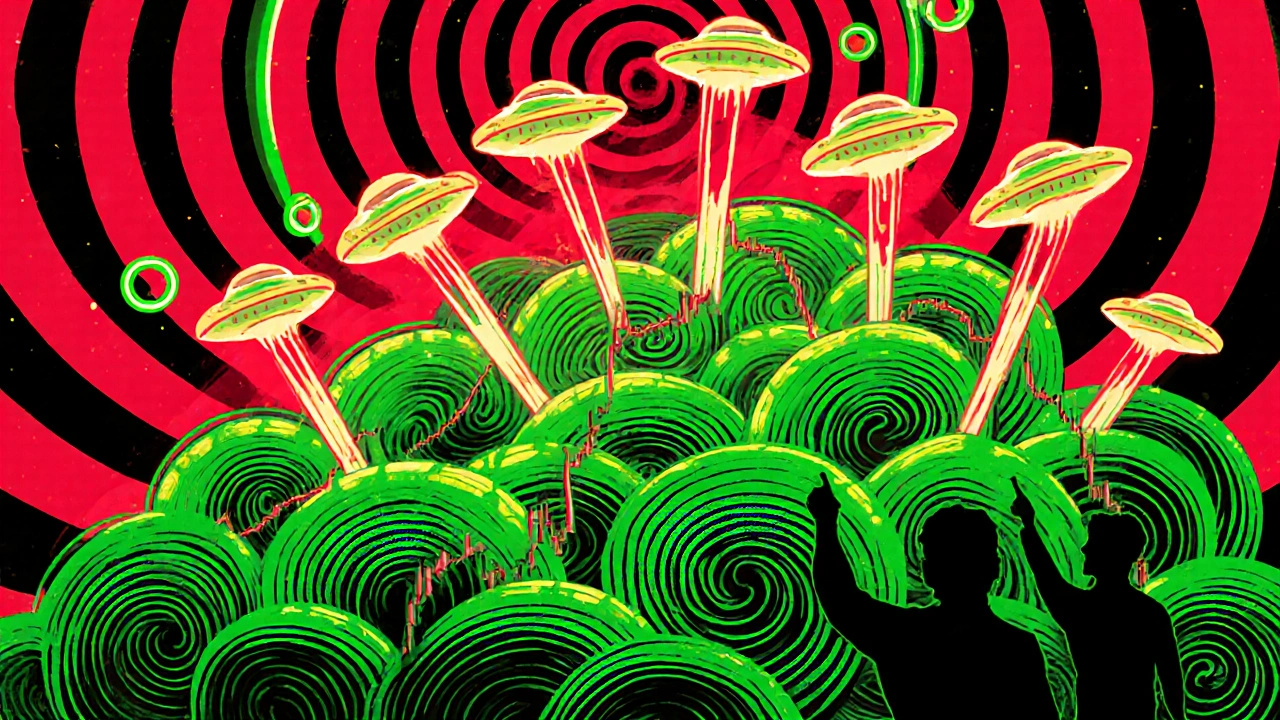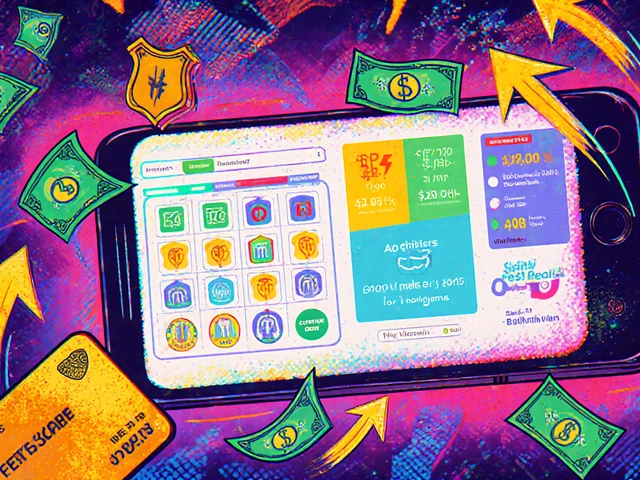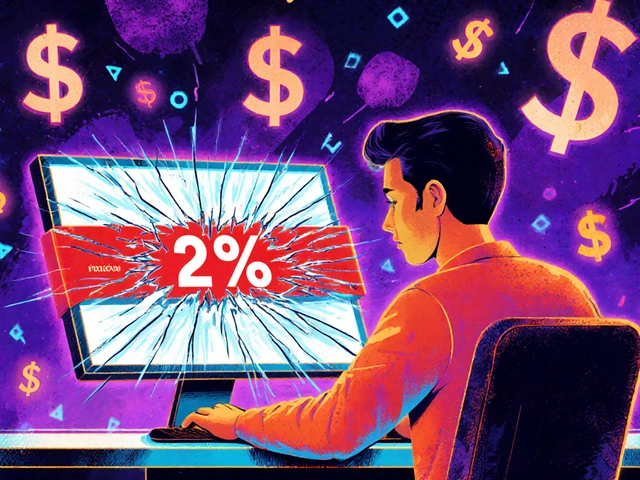Technical Analysis: How to Read Price Charts and Make Smarter Trades
When you look at a stock chart and see a pattern forming—maybe a head and shoulders, or a rising wedge—you’re not just staring at lines. You’re using technical analysis, a method of evaluating securities by analyzing statistics from past market activity, like price and volume. Also known as chart analysis, it’s how traders decide when to buy, sell, or wait—based on what the market has already done, not what someone thinks it will do. Unlike guessing based on news or rumors, technical analysis treats price as the only truth. If a stock keeps bouncing off $45, that level matters. If volume spikes when it breaks above $50, that’s a signal. You don’t need to know the company’s earnings. You just need to read the chart.
Technical analysis relies on a few core tools: chart patterns, repeating shapes in price movement that suggest future direction, like triangles, flags, or double tops, candlestick patterns, single or multi-candle formations that reveal trader psychology, such as dojis, hammers, or engulfing bars, and trading indicators, mathematical calculations applied to price and volume to spot trends, momentum, or overbought/oversold conditions, like RSI, MACD, or moving averages. These aren’t magic formulas. They’re tools to spot where the crowd is acting in predictable ways. The best traders don’t predict the future—they spot where the market is likely to react based on what it’s done before.
Here’s the thing: most people think technical analysis is about finding the perfect indicator or the holy-grail pattern. It’s not. It’s about consistency. It’s about knowing your edge, sticking to your rules, and accepting that not every signal will win. The posts below show you exactly how this works in practice—how real traders use these tools to make directional bets, manage risk, and avoid the traps that lose most people money. You’ll see how chart patterns connect to options strategies, how volume confirms breakouts, and why indicators fail when used alone. No fluff. No hype. Just what actually works when you’re staring at a screen at 2 a.m., wondering if you should hit buy or wait.





